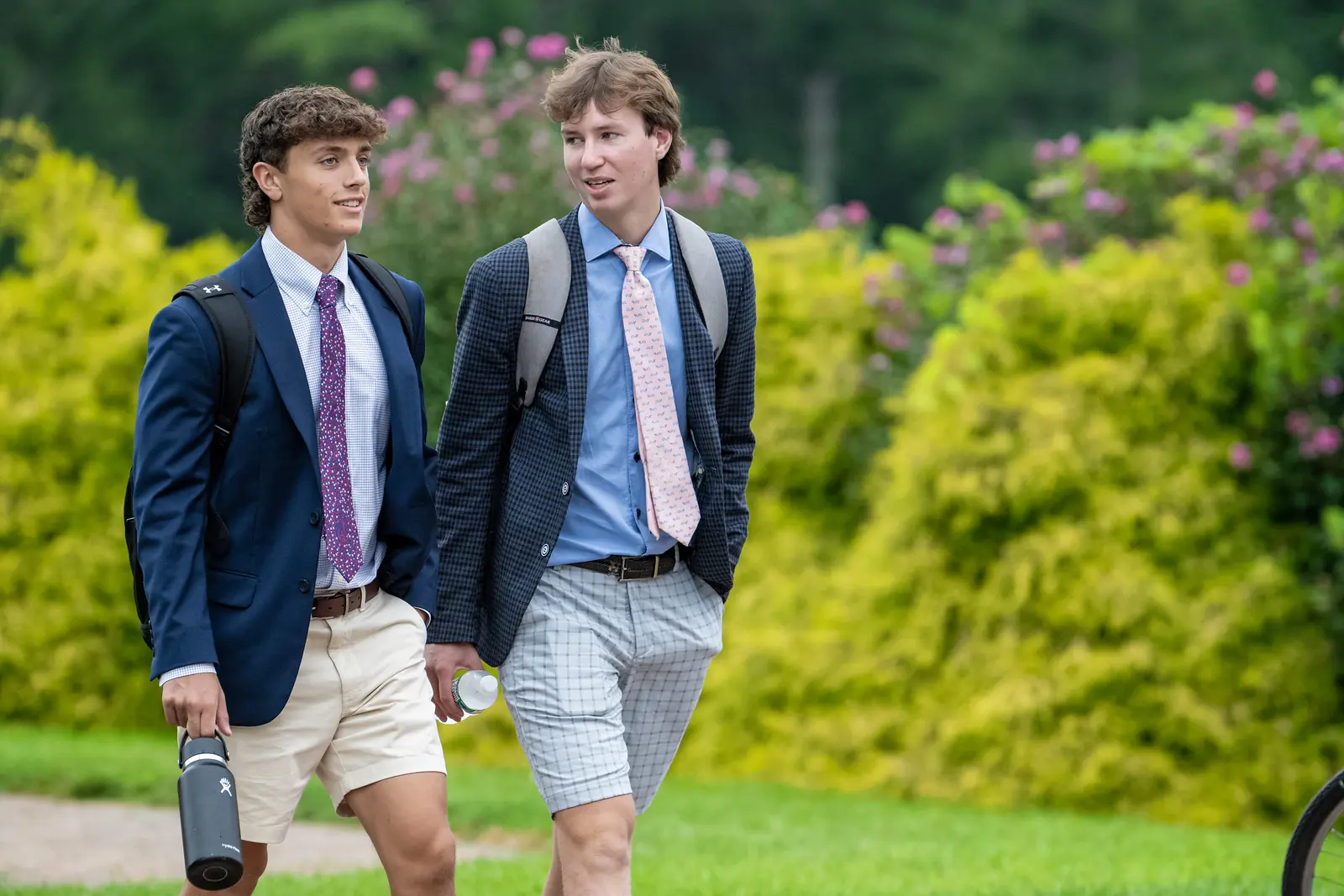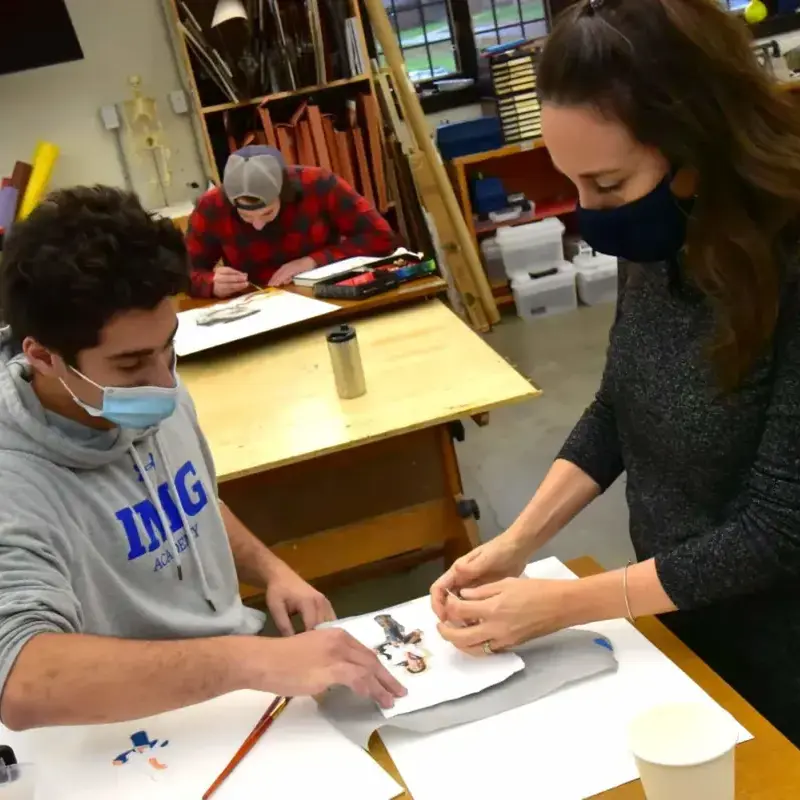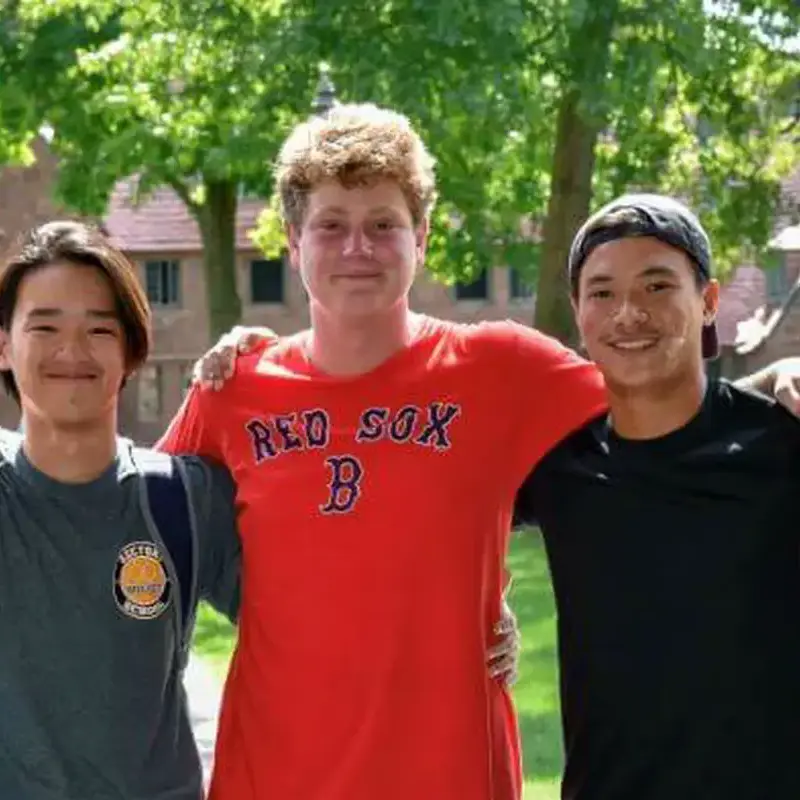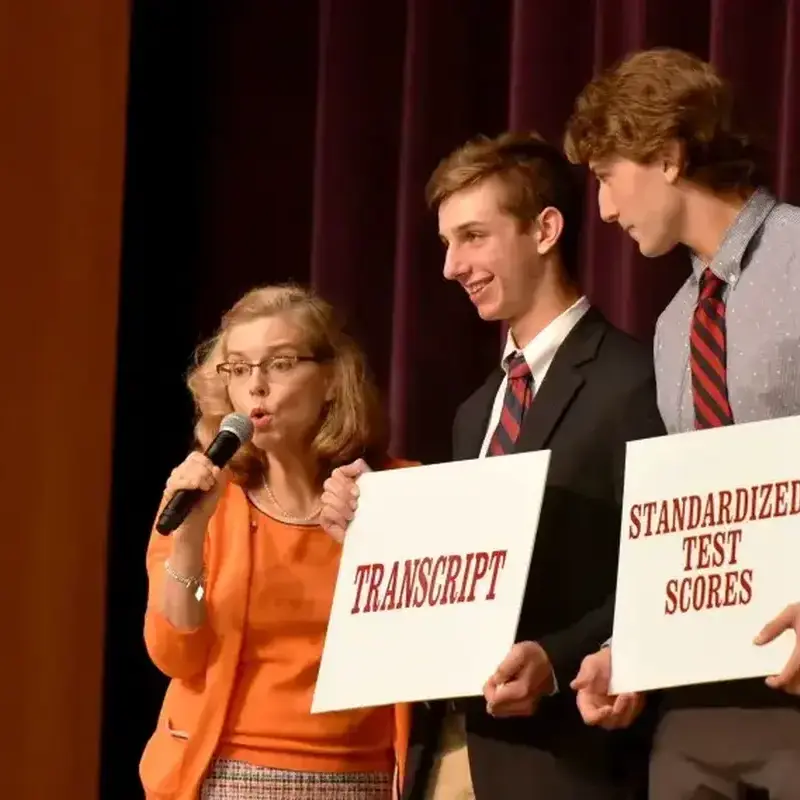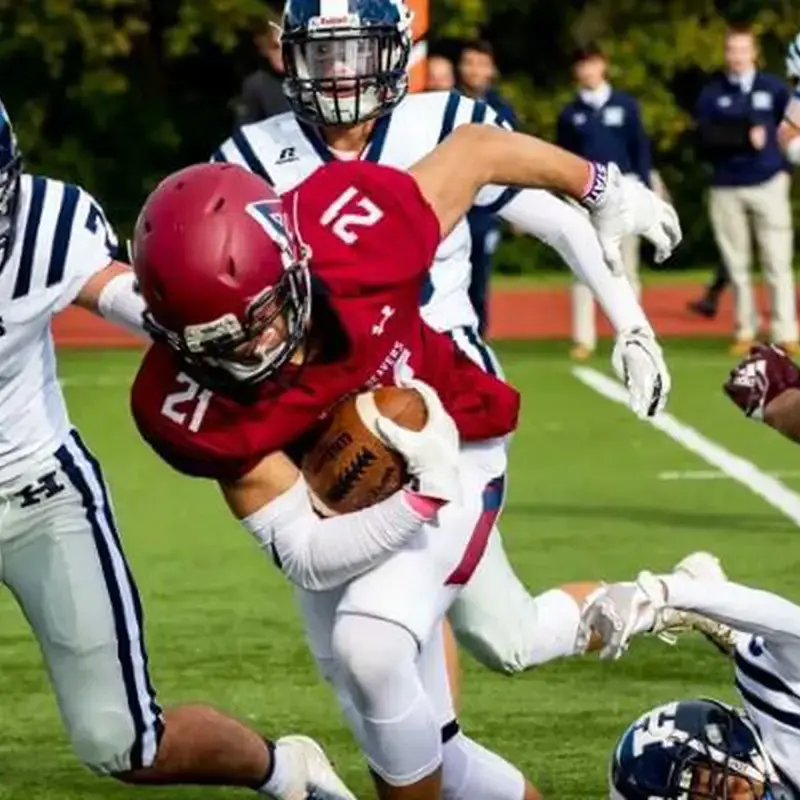SAMANTHA JENSEN
REDEFINING THE "THREE RS" OF EDUCATION
When I was in school, if asked what they “Three Rs” were, I would have rightly said they stood for “Reading, wRiting, and aRithmetic.”
Core content. Subjects. What we were taught—the content—was the cornerstone of what was considered a good school. Back then, the biggest controversy in education was the debate over using whole word or phonics for teaching young children to read and spell.
Times seemed simpler back then, at least in terms of being a teacher. Thematic units were embraced by administrators, and testing was done, but the focus was learning, not regurgitating information to do well on a test.

Then came ‘education reforms’ like No Child Left Behind and Race To The Top. The quality of education was determined by test scores and new programs designed to improve those scores became big business. EveryDay Math, Hooked on Phonics, science kits, Common Core, and state-designed history curricula all received fanfare as the next best thing to improve students learning and outcomes. Some of it worked. Much of it did not.
As we learn about the brain, and we look at effective schools and the things they do, we have come to realize that for today’s student, the Three Rs are not new and better mousetraps, but rather a fundamental shift in how we look at teaching. We want our children to achieve at their highest potential, and for that, we need to ensure our curriculum is full of rigor. But merely throwing calculus at a freshman is not going to achieve the desired results. We cannot fight what is developmentally appropriate for children. So how do we find that sweet spot in the classroom where students are pushed to succeed but not pushed beyond their abilities? How do we engage all learners in our classrooms, and avoid teaching only to those who show interest?
Rigor
Today, teachers are working with a new set of Rs: Rigor, Relevance, and Relationships. Yes, we need to push our students and offer them classes full of rigor. Boredom, as we have discovered, has the same chemical reaction in the brain as does anxiety—so keeping students engaged is paramount. But rigor without relevance means throwing facts at students without their buy-in, like data thrown into a computer.
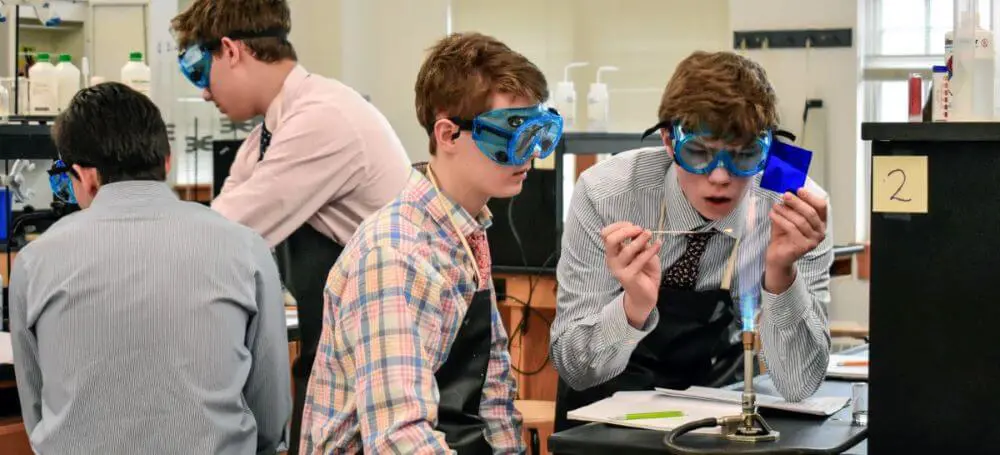
Relevance
Relevance simply answers the student's questions: “Why do I need to know this? What good will it do me?” Tying the actions of a character in a novel back to something the student has experienced makes a text-to-self connection that can, in turn, make the characters and the novel relevant to his life. Seeing how history often repeats itself can give students the metacognitive tools to find relevance in some otherwise obscure event that occurred long before they, their parents or maybe even their grandparents were born. When we find ways to bring the material home for our students, we allow them to want to know more.

Relationships
Perhaps the biggest shift, however, is the idea that at the end of the day, whether a student is successful in a class or not comes down to the relationship the student has with his teacher. A student who trusts his teacher—who knows that no matter what, the teacher has his back, cares about him, and is invested in his success—will be willing to take educational risks far beyond what he would in a less nurturing environment. When students know their teachers see them as whole people, care about them, and believe in them, those students can excel far beyond their own imagination.
The school plays a vital role in fostering this relationship. Overcrowded classes make it nearly impossible for a single teacher to reach every child that sits before him. Mathematically, there are not enough hours in the day.

An independent school offers something different. The expectedly small class size allows for teachers and students to truly get to know each other, and therefore build relationships. Seeing those teachers on the playing field or again in the dorms after dinner can further foster that ever-powerful relationship where the teachers see the students as whole persons, and the students see their teachers as multifaceted people—not simply a voice lecturing at the front of a class or mystical handwriting on a test. Our teachers know when our boys are giving it their all, and when a push to try just a little harder is needed. They know when a student truly understands the material and can challenge them to dig a little deeper to better their understanding.
Perhaps most importantly, however, in terms of a successful learning environment, a small class and an environment where teachers are also seen as full people can enhance a student’s willingness to push himself. It helps lower that affective filter so students can both encode and retrieve information and knowledge. They can try new things, write about something that is hard for them, and take on challenges they may have otherwise shied away from.
Key Takeaway
When it comes to getting the best out of a student, the basics are important of course; however, with a sharper focus on the new Rs of education, independent schools certainly have the recipe for success.
ABOUT THE AUTHOR
|
|
SAMANTHA JENSEN |
More Blog Posts
|
|
